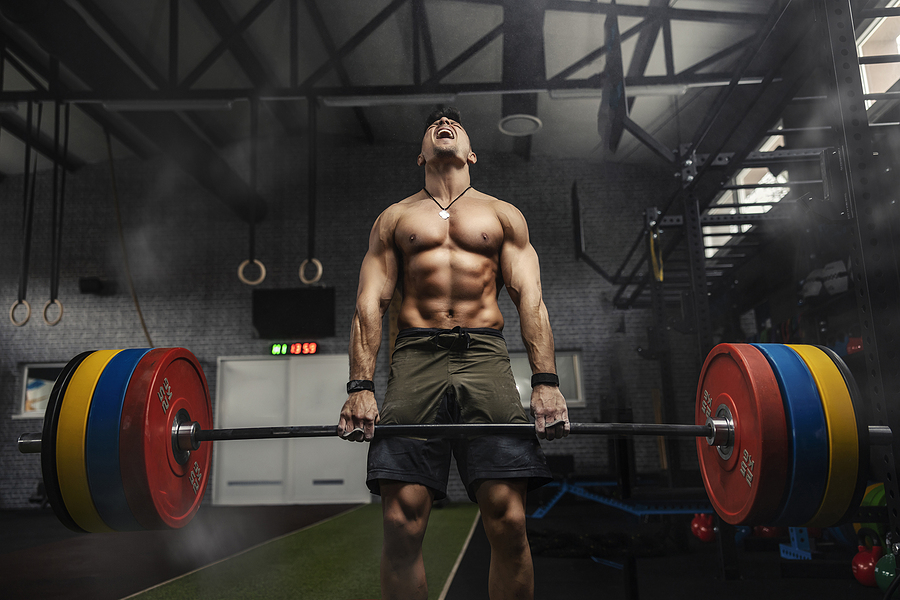The self-declared “natty” (as in naturally fit, or drug-free) fitness influencers who have probably been taking steroids since their breakup in grade 11 will say you should be bench pressing at least 315 pounds. Their audience of impressionable 15-year-olds will buy the protein powder, smelling salts, weightlifting belts and tank tops that pay the influencer to promote their product, head to their local LA Fitness, and proceed to ego lift and pull a muscle.
In reality, it doesn’t matter how much you lift, or how ripped you are, as long as the fitness makes you feel healthier and you’re bettering yourself.
I’ve been consistently going to the gym for over four months now and I have come to enjoy working out. I feel confident and determined. But I have also learned that progress comes slowly and setting realistic expectations is important.
Despite what some of the TikTok gym rats have told you, you won’t have legs the size of tree trunks, a six-pack, or pecs like Arnold Schwarzenegger after working out for six months. A normal person doesn’t have three hours to spend at the gym every day, or the ability to eat 5,000 calories a day.
But some of social media’s most popular weightlifting influencers took a bit too much inspiration from the movie Pain & Gain, and it’s not hard to notice.
When scrolling weightlifting social media, you’ll surely find videos mocking beginners, who are just trying to start a new healthy hobby but immediately get discouraged because of this. You’ll see videos of jacked-up narcissists recording themselves posing in public changerooms and getting mad when somebody says they’re uncomfortable. After all, it is a public changeroom meaning not only is it an invasion of privacy, but recording is illegal.
You’ll see attention-seekers recording themselves in a public gym just to try and “expose” the first person who naturally glances in their direction. Or conversely, there are videos of people objectifying and making women in the gym uncomfortable. I think all these people do it for the views and a little bit of internet clout, but when they inevitably get backlash they backtrack and play the victim card.
The culture of fitness on social media is toxic, needlessly comparative and completely different from gym culture in reality, at least in my experience. It shines a bad light on gym culture, which can be very welcoming and supportive. For beginners who have no idea what the gym is like, I think seeing this negative and immature content on their Instagram feed makes them instantly put off trying the gym.
This isn’t always the case on social media as there are also many promoting the hobby in a positive and realistic sense. A good role model is Joey Swoll, a fitness trainer who has built a large following by making positive videos calling out toxic behaviour in gyms and informing beginners on gym etiquette.
For as many negative examples of gym culture on social media, there are positive ones, but the negatives always seem to gain the most traction. The attention these accounts receive makes people more inclined to share the same toxic behaviour.
The negativity in the gym social media community needs to be directly challenged on how it impacts the dynamics of gyms for everybody. It can take a lot of courage for some people to begin or continue a fitness journey, so cultivating a welcoming and safe environment is incredibly important. With the huge role social media plays in society and how people view the world now, it is just as essential to represent fitness positively online as it is in a real gym environment.



